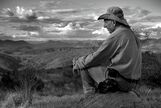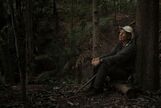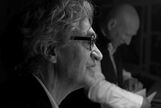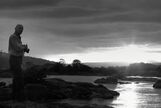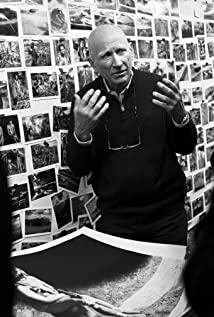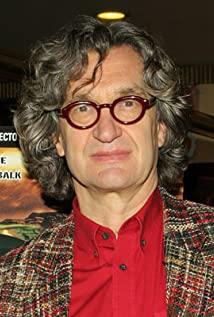"A photographer is someone who can write with light, and he can paint the world with light and shadow."
In fact, when I first started watching it, the first full-scale mirror that came out of the picture: the picture of countless people working in an orderly manner in a big pit, it felt like a god who looked down on the suffering of all living beings, so I didn’t like it very much. There is a sense of indifference in the way of integration. There is no way to integrate it. The distance between the photographer and the subject is too heavy, and the close-up pictures at the back give me a sense of integration.
Sebastian says photographers put their own experiences and stories into the photos. And his photos in the film have a feeling of being infinitely close to falling. If war is hell, then what he records is the critical point of purgatory.
"The gods in the sky will use Jesus to return to earth, observe people's words and deeds, and decide who can go to heaven and who can't."
The film mentions God, Jesus, and Dante many times, like cultural indoctrination, and I think the tone of the film is also choreographed and designed according to The Divine Comedy. From hell to purgatory to heaven, the cycle repeats. As he himself said: When I die, the forest we planted will be restored to the way I was born, and everything will be complete.
And Sebastian said: I don't think anyone deserves to live. When he said this, he actually looked at the world he shot from the perspective of God. Although he had a sense of justice, there was still no way to convince himself to be close to the characters from such a perspective of God. Let’s look at the world from afar, and the concept of effect presentation will be more macroscopic. (Although it is already very large, many scenes still have a bystander attitude)
View more about The Salt of the Earth reviews



